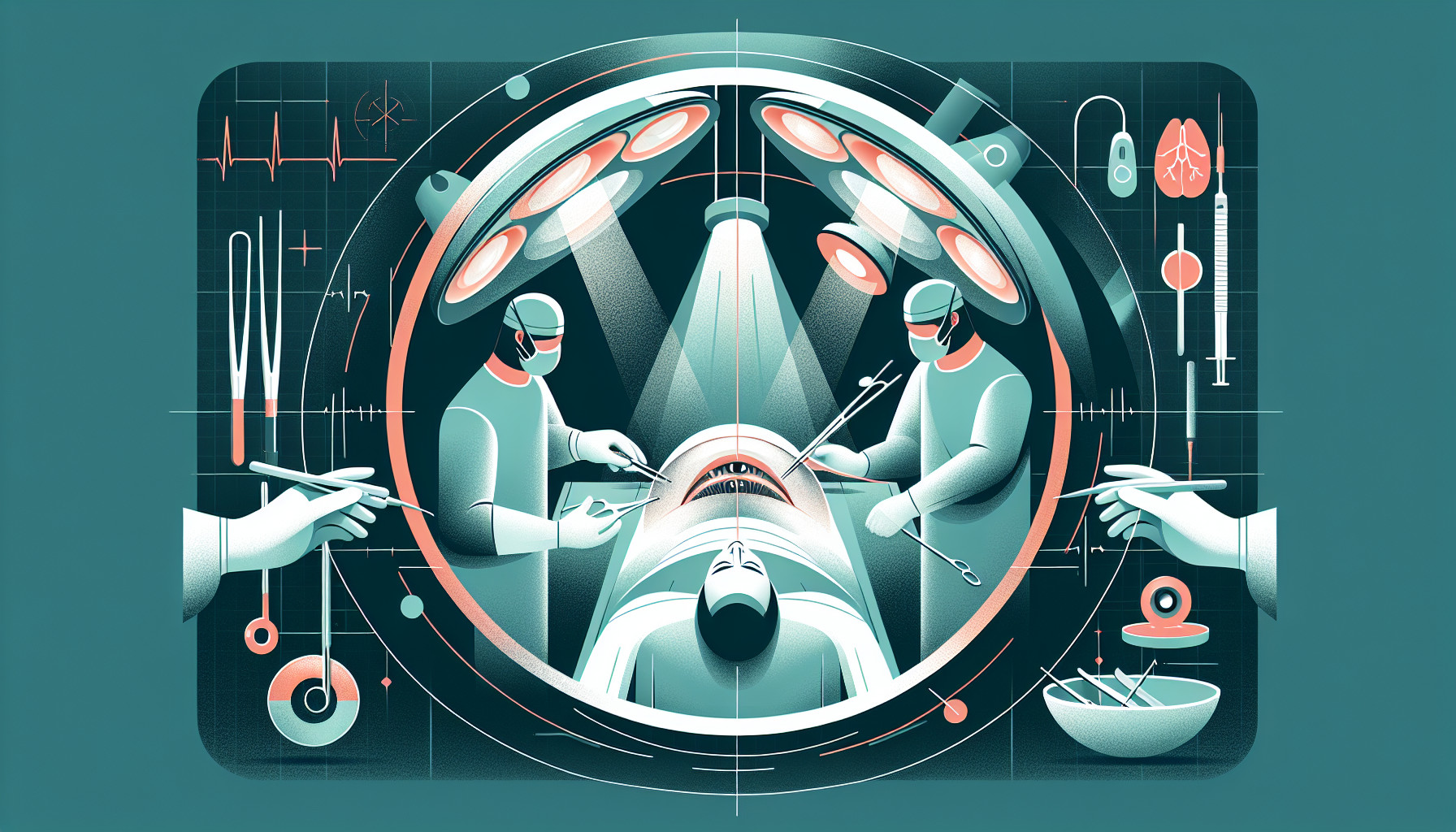Our Summary
This paper is about cataracts, a condition that clouds the lens of the eye, often due to aging, and can lead to vision loss, including complete blindness. It is the leading reversible cause of blindness worldwide, affecting around 95 million people. The common treatment is surgery, in which the cloudy lens is replaced with an artificial one. The paper mentions that these surgeries are typically done under local anesthesia, and in Germany, where between 600,000 to 800,000 such procedures are done annually, they’re usually outpatient procedures.
The standard technique for breaking up the cloudy lens, or nucleus, is called ultrasonic phacoemulsification. The paper notes that so far, studies haven’t shown laser treatments to be more effective than this standard technique.
There are different types of artificial lenses available, from single-focus lenses to lenses with multiple foci, lenses that offer extended depth of focus, and lenses that correct astigmatism. The choice of lens depends on the patient’s individual needs, and patients should be provided with enough information to understand the pros and cons of each type of lens.
FAQs
- What is the common treatment for cataracts?
- Are laser treatments more effective than the standard technique for cataract surgery?
- How is the type of artificial lens chosen for cataract surgery?
Doctor’s Tip
One helpful tip a doctor might tell a patient about cataract surgery is to follow all pre-operative instructions provided by the surgeon, including any medications to stop taking before the procedure. It is important to have someone available to drive you home after the surgery, as your vision may be temporarily blurry. Additionally, be sure to attend all follow-up appointments to monitor your healing progress and ensure the best possible outcome.
Suitable For
Patients who are typically recommended for cataract surgery include those who are experiencing significant vision loss, difficulty with daily activities such as reading or driving, and those whose cataracts are affecting their quality of life. Patients with cataracts that are causing glare or halos around lights, or those with a significant decrease in visual acuity, are also good candidates for surgery.
Additionally, patients who have other eye conditions that are being worsened by their cataracts, such as glaucoma or macular degeneration, may benefit from cataract surgery. Patients with diabetes, high myopia, or a history of eye trauma may also be recommended for surgery to improve their vision.
Overall, the decision to undergo cataract surgery should be made in consultation with an ophthalmologist who can assess the severity of the cataracts and the potential benefits of surgery for each individual patient. It is important for patients to understand the risks and benefits of the procedure and to have realistic expectations about the outcomes of surgery.
Timeline
Before cataract surgery:
- Patient experiences symptoms such as blurred vision, sensitivity to light, difficulty seeing at night, and seeing halos around lights.
- Patient visits an eye doctor who diagnoses cataracts through a comprehensive eye exam.
- Patient undergoes pre-operative tests to assess the health of the eye and determine the appropriate artificial lens for them.
- Patient receives information about the surgery, including what to expect during the procedure and the potential risks and benefits.
- Patient schedules the surgery and receives instructions on how to prepare, such as fasting before the procedure.
After cataract surgery:
- Patient arrives at the surgical center or hospital on the day of the surgery.
- Patient receives local anesthesia to numb the eye and is awake during the procedure.
- Surgeon performs the surgery, typically taking around 15-30 minutes to remove the cloudy lens and replace it with an artificial one.
- Patient may experience some discomfort or irritation in the eye after the surgery, but this typically subsides within a few days.
- Patient may need to wear an eye patch or protective shield for a short period of time to protect the eye as it heals.
- Patient attends follow-up appointments with the surgeon to monitor the healing process and ensure that the new lens is functioning properly.
- Patient may need to use eye drops or other medications to prevent infection and promote healing.
- Patient gradually experiences improved vision as the eye heals and adjusts to the new lens.
What to Ask Your Doctor
- What are the potential risks and complications associated with cataract surgery?
- How long is the recovery process after cataract surgery?
- Will I need to follow any specific post-operative care instructions?
- What type of artificial lens is best suited for my specific needs?
- Will I need to wear glasses or contact lenses after cataract surgery?
- How soon after surgery will I notice an improvement in my vision?
- Are there any restrictions on activities or medications I should be aware of before and after surgery?
- How experienced is the surgeon in performing cataract surgeries?
- What is the success rate of cataract surgery in terms of improving vision?
- Are there any alternative treatment options to consider before proceeding with cataract surgery?
Reference
Authors: Lapp T, Wacker K, Heinz C, Maier P, Eberwein P, Reinhard T. Journal: Dtsch Arztebl Int. 2023 May 30;120(21):377-386. doi: 10.3238/arztebl.m2023.0028. PMID: 36794457
